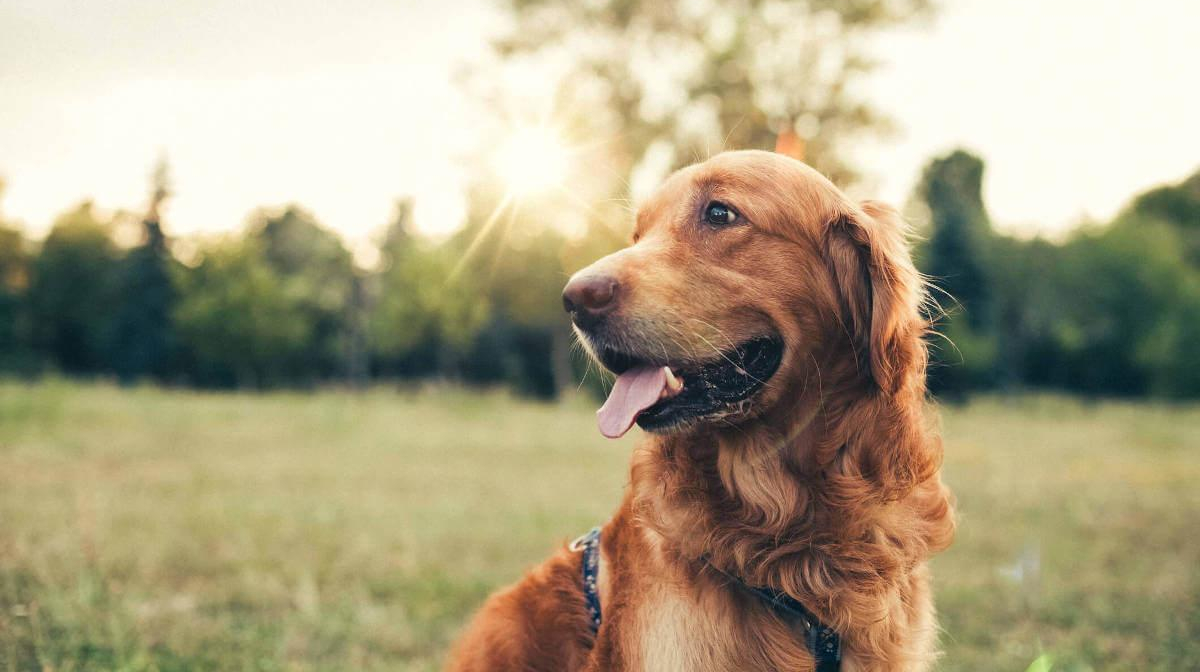
Can dogs get colds? Put simply, the answer is yes! Just like humans, dogs can also catch a cold – and they probably feel just as miserable as we do. If you’ve noticed your dog looking under the weather lately, then there’s a chance he or she could have a cold. So, if you suspect you may have a poorly pooch, read on to learn more about canine colds and how to treat them…
How do dogs catch colds?
Dog coughs and sneezes are caused by viruses and can be spread through contact with other infected dogs. Although the symptoms of human and dog can be similar, dogs cannot catch colds from humans, or vice versa, so if your dog is sneezing at the same time as you, this is mere coincidence.
Symptoms of dog colds
Just like with human colds, dog colds can vary in severity, depending on the type of virus. Dog colds can have a few different symptoms. If your dog exhibits any or all of the following symptoms, it’s likely they have a cold:
Cough
Runny nose
Congestion
Watery eyes
Sneezing
Loss of appetite
Lethargy
While these are all symptoms of a cold, they can also be signs of more serious illnesses such as kennel cough or dog flu, so always take your dog to the vet to make sure. If your dog also exhibits other symptoms, such as vomiting, fever, diarrhoea, bloating or weight loss they will definitely need veterinary attention. Dogs can also suffer from allergies such as dust, pollen, smoke and perfumes or sprays. Allergies can cause similar symptoms to a cold, so it’s a good idea to get this possibility ruled out by the vet.
How to treat dog colds
Dog colds can be treated in a variety of ways, many of which are similar to the way we would treat our own colds. Like humans, canine colds will usually clear up on their own, but here are some methods that may relieve your pup’s discomfort in the meantime. Firstly, make sure your pup gets plenty of rest while they recover. This may include limiting the length of their walks, or not playing overly energetic games with them for the duration of their illness. Secondly, keep your pet warm and dry – this means keeping them inside during cold or wet weather. You could also purchase a special pet-safe heating pad for their bed to keep them toasty. Next, ensure your dog is eating and drinking enough. Provide him or her with plenty of healthy, easy to digest food and access to fresh drinking water. If your dog is feeling particularly sorry for themselves, you could try giving them their favourite treat to perk them up! To ease your dog’s nose and eyes, gently wipe them with a warm, damp cloth to keep them clean. You could also take your dog into the bathroom while you have a shower so they breathe in the humid air. Additionally, you can even try special cold remedies specifically for pets, such as nose drops or nose balm. However, it’s vital that you never give your dog human medication, as painkillers such as paracetamol are toxic to dogs. If your dog’s symptoms don’t clear up after a few days, take them back to the vet for another check-up. The vet may need to prescribe antibiotics or decongestants for particularly stubborn colds. Until your dog is better, make sure to keep them away from other dogs to prevent them from spreading their cold.

Related Articles








